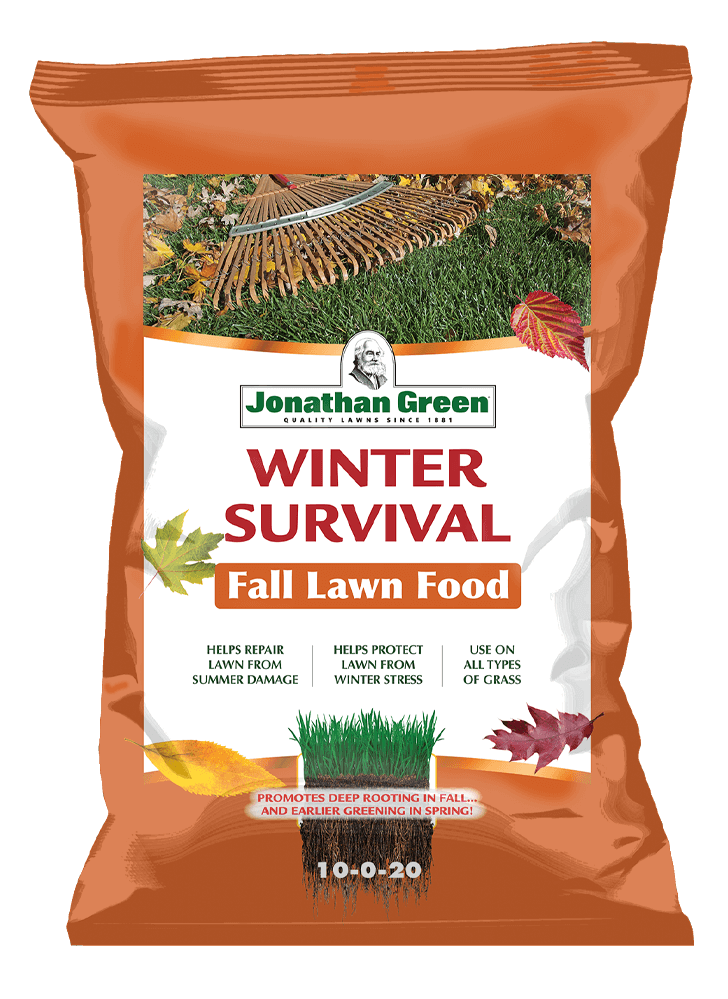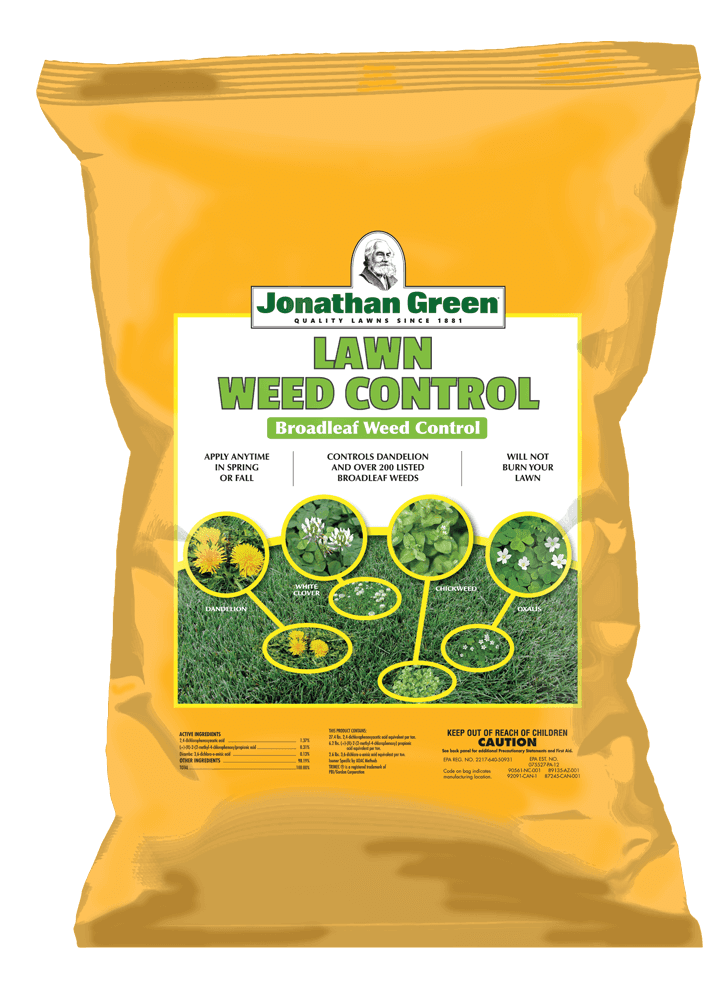How Do I Protect My Lawn in the Winter?
As temperatures get colder, cool season lawns typically enter a winter dormancy where they turn greenish yellow, and stay this way until spring as a way of conserving energy. The experts at Jonathan Green can help you protect your Black Beauty® lawn in the winter.
The Jonathan Green name has represented genetically superior grass seed, innovation, integrity, determination, and a commitment to excellence since 1881. Today, six generations later, we remain committed to producing superior lawn and garden products.
Lawn Care Tips to Prepare Your Lawn for Winter
Seed the Lawn: Fall is a great time of the year to apply grass seed to your lawn. The cooler days and nights and rainfall patterns are more consistent and favor grass growth. Also, by early fall, soil temperatures have warmed up. This allows for better germination and your newly planted grass should flourish for months.
Fertilize: Fertilizing in late fall before the arrival of the first frost can give your grass the essential nutrients it will need to help it survive the harsh winter months and fend off late winter/early spring turf diseases, such as pink or gray snow mold.
Jonathan Green Winter Survival Fall Lawn Fertilizer provides gentle fall feeding and contains nitrogen to help repair summer damage. If you spread Winter Survival in September, apply it again in November near Thanksgiving to protect the lawn over the winter. The two feedings will thicken the lawn, promote root growth, and help it store nutrients for the spring.
Control Weeds: Fall is a good time to control broadleaf weeds effectively. They are still actively growing at this time of year, but the lawn is under less stress in comparison to the summer months. Even though the dreaded dandelion flowers are not so prevalent, the familiar dandelion spiked leaves will often be visible.
Take advantage of Jonathan Green Lawn Weed Control, which contains Trimec®, an herbicide that provides broadleaf weed control of more than 200 lawn weeds, including dandelion, clover, chickweed, common purslane, wild onion, oxalis, spurge, etc. when you want to kill weeds but have no intention of seeding or fertilizing.
Mentioned Products
Keep Mowing: Even as the cold winter months start to roll in, continue mowing your lawn on a regular basis until you see the growth slow. Keep the grass at about 2 to 2.5 inches tall throughout the fall. If you allow it to grow longer than 3 inches, it may start to mat and cause the lawn to suffer from mold or diseases.
Keep Watering: Even though temperatures are cooler, you should continue to water the lawn. The grass will continue growing in the fall, so you’ll want to encourage this growth by watering it consistently, as needed, until the ground begins to freeze.
It’s easy to forget about the lawn when the leaves start to change colors and temperatures drop. But there are ways to protect your lawn to give it everything it needs to survive a cold winter. For more information, visit Jonathan Green online or visit your nearest independent garden center or hardware store where the knowledgeable retailers can answer your questions.

